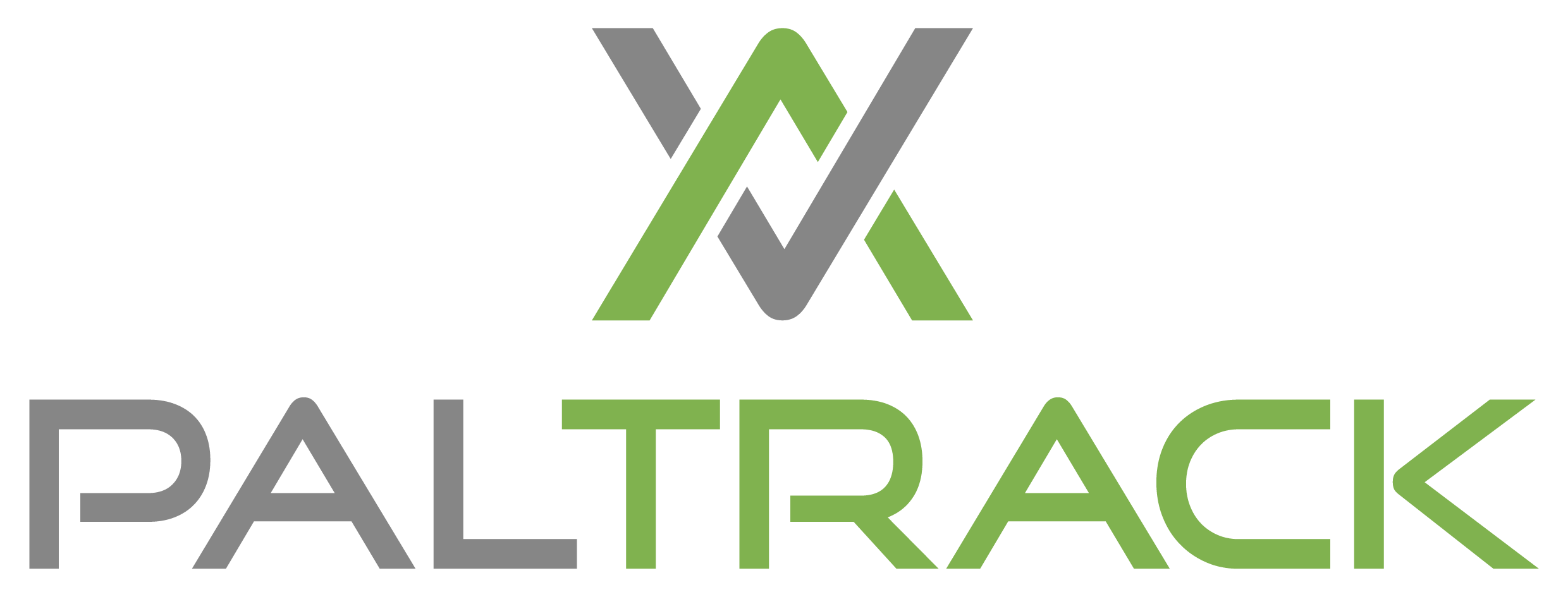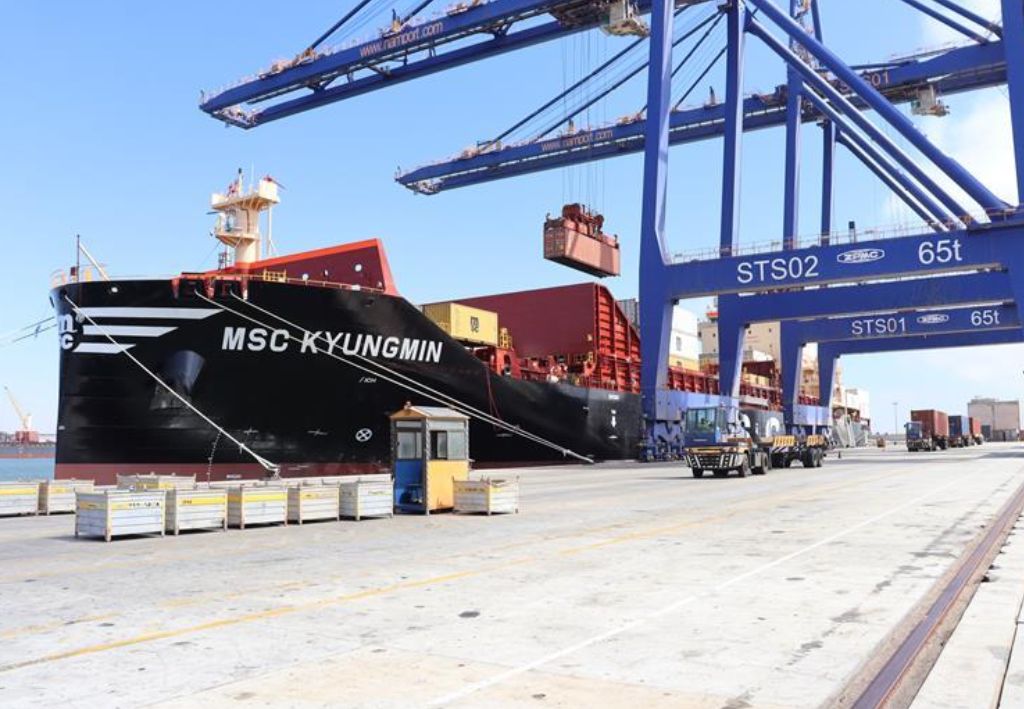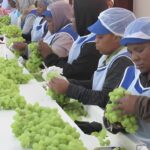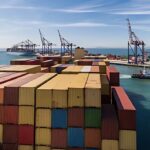Company says strategy of using Port of Walvis Bay for shipments from Namibia and Orange River could be extended to other fruit exports.
Exporter Capespan says it is reshaping Southern Africa’s table grape export logistics by shipping fruit grown in the region through the Port of Walvis Bay in Namibia, destined for the EU and UK markets.
The company adopted the new strategy ahead of the new season in South Africa’s Northern Cape and Namibia due to recent poor performance of its traditional South African ports.
It says it was encouraged by terminal operations in Walvis Bay, which are run by private firm TIL, as well as the introduction and reliability of additional Mediterranean Shipping Company (MSC) services out of the port.
According to Capespan, the MSC service offers a shortened voyage transit time of 12-13 days direct to Rotterdam and London Gateway. This means a transit time which is at least eight days shorter than the voyage from the Port of Cape Town, a move expected to minimise delays and ensure fresher fruit arrives in the market.
”This brings operational efficiency and low risk of disruptions at a time when South African ports, like Cape Town, continue to grapple with weather delays, equipment shortages, poor productivity and congestion,” it says. “In terms of arrival condition and shelf-life, this will bring a huge improvement.”
The special MSC service from Walvis Bay, originally planned for six vessels, has now been extended to include a seventh vessel to cater for more fruit from South Africa’s Orange River region. The service started on 22 November and the last vessel is expected to berth in Walvis Bay on 3 January 2025.
The first vessel, MSC Kyungmin, loaded 258 grape containers. Of these, Capespan says it loaded a total of 102 containers – including 95 from the Namibia Grape Company and seven from the Northern Cape.
It is due to arrive in Rotterdam on 8 December and in London Gateway on 9 December. The next vessel, MSC Helena III, is scheduled to berth and load on 29 and 30 November.
Capespan says the move to Walvis Bay highlights its commitment to maintaining quality and reliability for its global customers while adapting to logistical challenges by using Namibian infrastructure.
“While Capespan has led the way in this initiative, the interest in using Walvis Bay as an alternative port for South African and Namibian table grapes is currently gaining momentum across the industry.”
The decision to utilise Walvis Bay aligns closely with the company’s broader strategy to enhance production and exports out of Namibia, it adds.
“This approach was underscored by the recent renewal for a further 20 years Capespan’s agreement with the Namibia Grape Company. The partnership aims to build on the current 476ha of table grapes being farmed by the NGC, streamline logistics, maximise export potential, and reinforce Namibia’s position in the global fresh produce market.”
Capespan CEO Charl Du Bois says the collaboration not only strengthens its partnership in Namibia, but also exemplifies its commitment to innovative and sustainable solutions in the fresh produce supply chain. “By leveraging Walvis Bay, we are setting a new benchmark for efficient fruit exports from Southern Africa.”






























Add comment